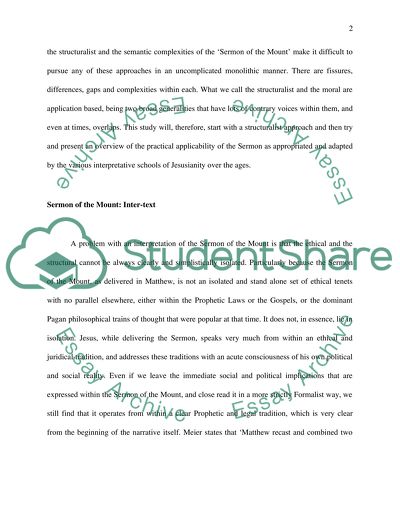Cite this document
(“The Sermon of the Mount Magna Carta of Christian Ethics Essay”, n.d.)
The Sermon of the Mount Magna Carta of Christian Ethics Essay. Retrieved from https://studentshare.org/religion-and-theology/1513202-the-sermon-of-the-mount-magna-carta-of-christian-ethics
The Sermon of the Mount Magna Carta of Christian Ethics Essay. Retrieved from https://studentshare.org/religion-and-theology/1513202-the-sermon-of-the-mount-magna-carta-of-christian-ethics
(The Sermon of the Mount Magna Carta of Christian Ethics Essay)
The Sermon of the Mount Magna Carta of Christian Ethics Essay. https://studentshare.org/religion-and-theology/1513202-the-sermon-of-the-mount-magna-carta-of-christian-ethics.
The Sermon of the Mount Magna Carta of Christian Ethics Essay. https://studentshare.org/religion-and-theology/1513202-the-sermon-of-the-mount-magna-carta-of-christian-ethics.
“The Sermon of the Mount Magna Carta of Christian Ethics Essay”, n.d. https://studentshare.org/religion-and-theology/1513202-the-sermon-of-the-mount-magna-carta-of-christian-ethics.


